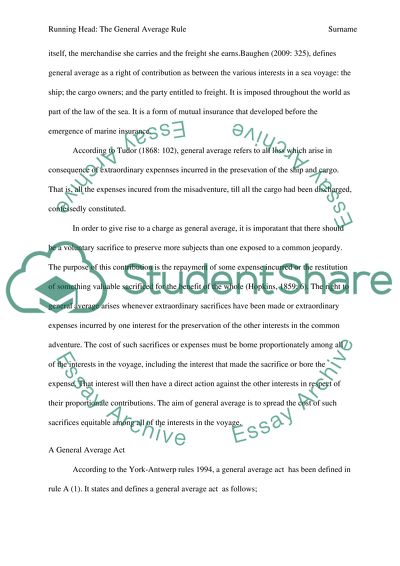Cite this document
(“Explain the principle behind the concept of ''General Average''. What Assignment - 1”, n.d.)
Retrieved from https://studentshare.org/miscellaneous/1594104-explain-the-principle-behind-the-concept-of-general-average-what-are-the-essential-elements-of-the-york-antwerp-rules-that-define-a-general-average-act
Retrieved from https://studentshare.org/miscellaneous/1594104-explain-the-principle-behind-the-concept-of-general-average-what-are-the-essential-elements-of-the-york-antwerp-rules-that-define-a-general-average-act
(Explain the Principle Behind the Concept of ''General Average''. What Assignment - 1)
https://studentshare.org/miscellaneous/1594104-explain-the-principle-behind-the-concept-of-general-average-what-are-the-essential-elements-of-the-york-antwerp-rules-that-define-a-general-average-act.
https://studentshare.org/miscellaneous/1594104-explain-the-principle-behind-the-concept-of-general-average-what-are-the-essential-elements-of-the-york-antwerp-rules-that-define-a-general-average-act.
“Explain the Principle Behind the Concept of ''General Average''. What Assignment - 1”, n.d. https://studentshare.org/miscellaneous/1594104-explain-the-principle-behind-the-concept-of-general-average-what-are-the-essential-elements-of-the-york-antwerp-rules-that-define-a-general-average-act.


